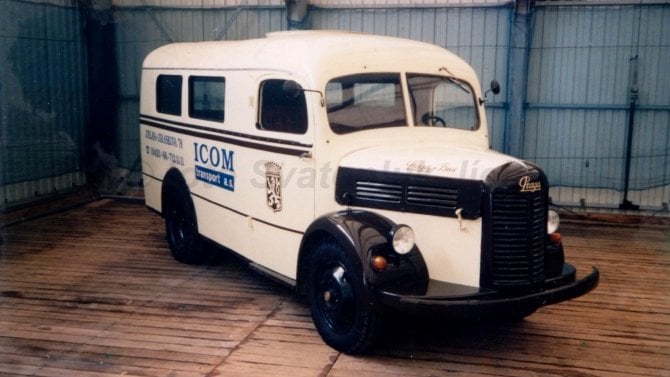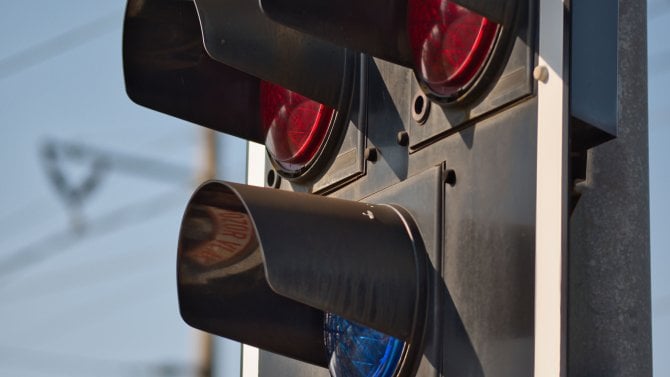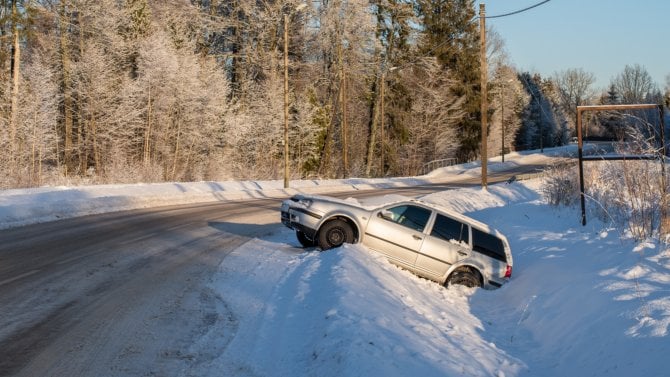...
By Marek Petrus
PRAGUE, April 4 (Reuters) - Euro hopeful Slovakia, which is trying to cool its strong currency amid an economic boom, is setting a benchmark for neighbouring countries planning to join the euro zone later, a senior Czech official told Reuters.
Oldrich Dedek, Prague's new chief euro adoption coordinator, said governments in the region with strong currencies were watching to see how the European Union officials assessed Slovakia's ability to keep its crown stable against the euro.
Dedek, who was appointed last week to head Czech euro preparations, also said Prague could use 2012 as an "anchor date" for euro entry on the condition that fiscal policy is hammered into shape -- comments which echoed the views of Finance Minister Miroslav Kalousek.
Dedek said the fast-growing central European economies needed ample room for currency gains during the mandatory two-year stay in ERM-2 -- the pre-euro exchange rate regime.
His remarks highlighted concerns of many policymakers in the Czech Republic, Slovakia and Poland -- none of which has yet joined ERM-2 -- that their naturally appreciating currencies risk breaching the euro entry rules if required to hold close to a ERM-2 central parity rate.
"The key thing is what stance the European Commission takes on Slovakia," Dedek, a leading economist and central bank vice-governor until early 2005, said in an interview conducted on Tuesday.
Slovakia, which aims to adopt the euro ahead of its central European neighbours in 2009, would be the first "acid test" of the EU's stand on robust currency appreciation in the region.
"Slovakia is the first to ask the European Commission to assess this constellation of economic fundamentals, and its ruling will be crucial for other regional economies, including the Czech Republic," he said.
The Czechs -- and very likely Poland and Hungary as well -- would watch closely whether EU policymakers find that Bratislava is meeting the currency stability test for euro adoption, despite a a recent sharp firming in the Slovak crown, he said.
If Bratislava sticks to its 2009 entry target, the EU and European Central Bank will assess whether Slovakia has met the entry criteria in spring 2008.
Membership of ERM-2 without severe tensions and devaluations for at least two years is one of the euro adoption criteria, alongside healthy public finances, and low inflation and long-term interest rates.
Slovakia's booming economy has propelled the crown to record highs against the euro since it joined ERM-2 in late 2005. The jump forced authorities to revalue the euro peg by 8.5 percent on March 16. The ERM-2 allows for 15 percent currency moves either side of a central parity rate against the euro.
"ASYMMETRIC CHARACTER"
Dedek said the Maastricht Treaty criteria explicitly banned a unilateral devaluation in the ERM-2 but he believed
candidates were permitted to revalue their euro pegs if their currency neared the strong limit of the exchange rate bands.
"I would be very disappointed if the asymmetric character of the exchange rate criterion is not taken into account," he said.
He said the common feature of the economic transition of the former communist countries in central Europe had been a rapid catch-up of wealth and prices with the richer euro zone core, fanning a trend rise in national currencies.
EU officials' favourable assessment of currency firming within ERM-2 could also dispel concerns that soft currency pegs could conflict with central banks' inflation targeting.
"If inflation and fiscal policy were all right and a parity revaluation was the only reason disqualifying a country, then I would probably join those calling the criteria obsolete and posing a systemic barrier to the new members," said Dedek.
Central European policymakers have been unsettled about the past use of a narrower plus/minus 2.25 percent range as the currency stability yardstick, even though some EU officials have suggested a convergence-led currency gains might be acceptable.




 Test Volkswagen Caravelle Long 2.0 TDI 4Motion: Mikrobus do nepohody
Test Volkswagen Caravelle Long 2.0 TDI 4Motion: Mikrobus do nepohody
 Malý náklaďáček mnoha jmen: Škoda/Aero/Praga (A) 150 byla nedoceněným československým dříčem
Malý náklaďáček mnoha jmen: Škoda/Aero/Praga (A) 150 byla nedoceněným československým dříčem
 Řidička uvízla na železničním přejezdu, rychlík ji minul jen o kousek
Řidička uvízla na železničním přejezdu, rychlík ji minul jen o kousek
 Brzdná dráha delší až o deset metrů. Hlavně levné pneumatiky z východní Asie jsou pro řidiče rizikové
Brzdná dráha delší až o deset metrů. Hlavně levné pneumatiky z východní Asie jsou pro řidiče rizikové
 Test Renault Symbioz: S novým hybridem jezdí svižně a se spotřebou legendárního té-dé-íčka
Test Renault Symbioz: S novým hybridem jezdí svižně a se spotřebou legendárního té-dé-íčka
